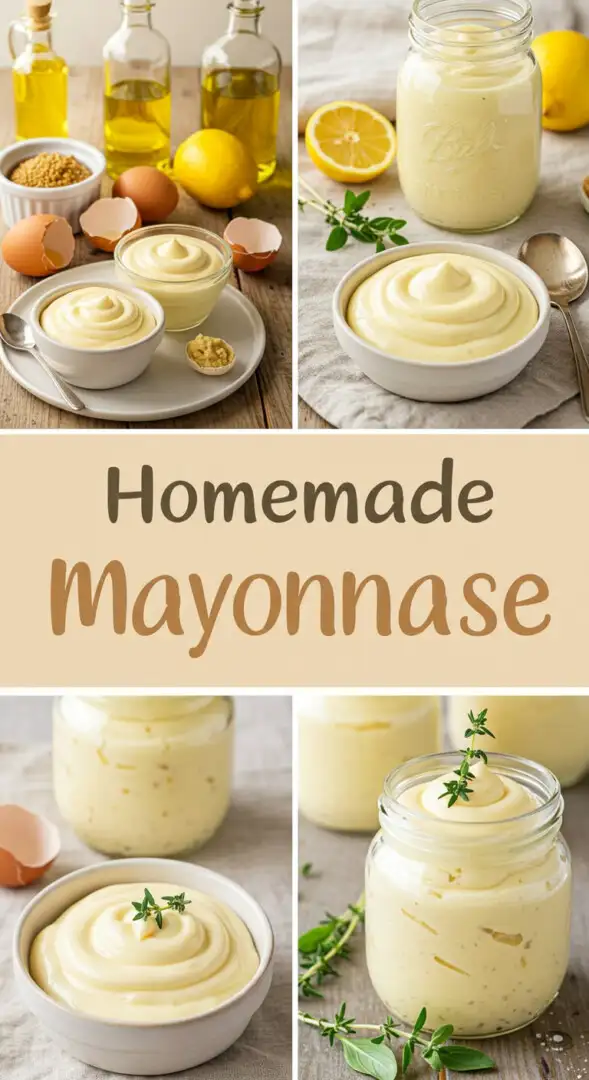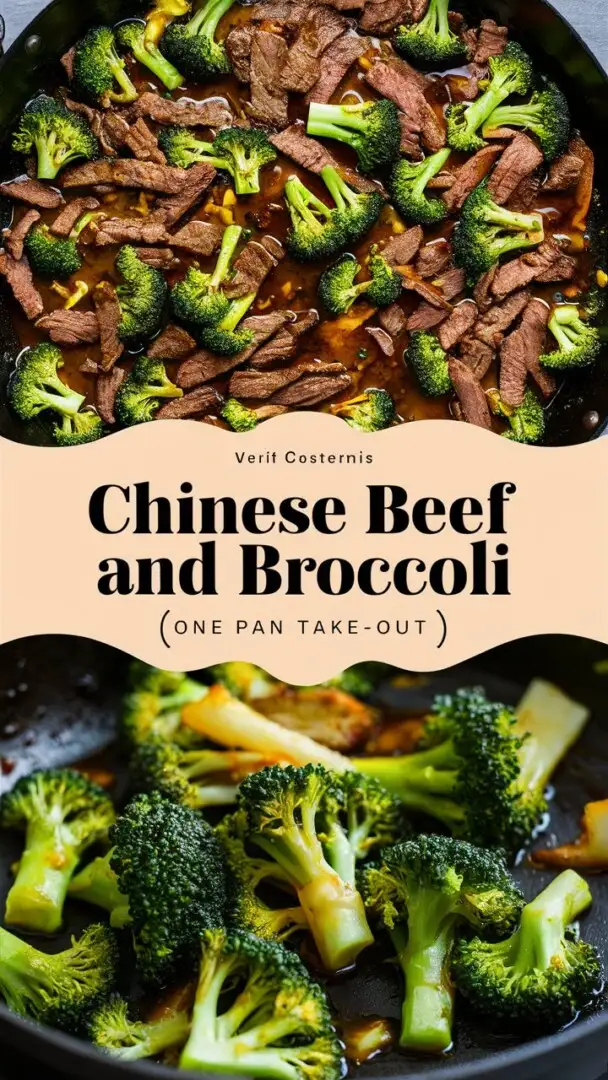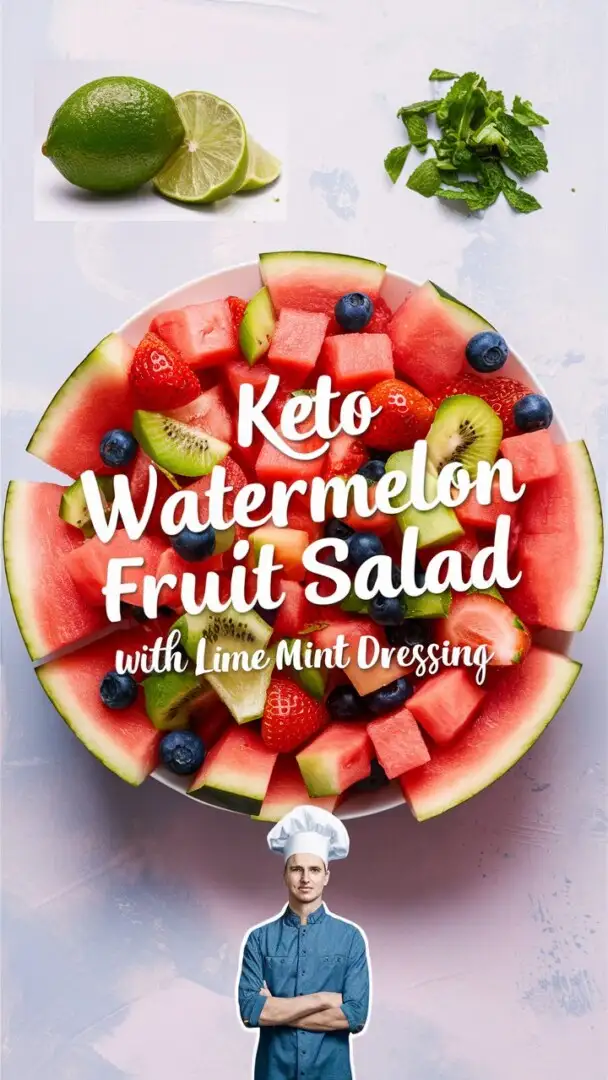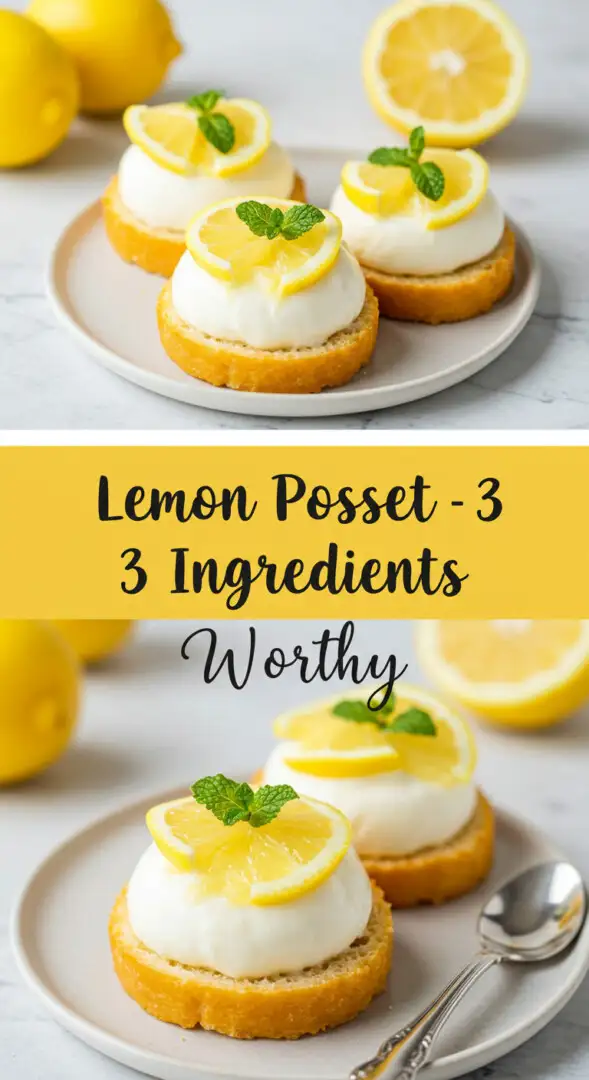Best Homemade Mayonnaise Recipe
Homemade mayonnaise isn’t just better than store-bought—it’s richer, fresher, healthier, and completely customizable. Whether you’re looking for a classic mayo to slather on sandwiches or a base for gourmet aioli, this ultimate homemade mayonnaise guide covers every detail you need for success.
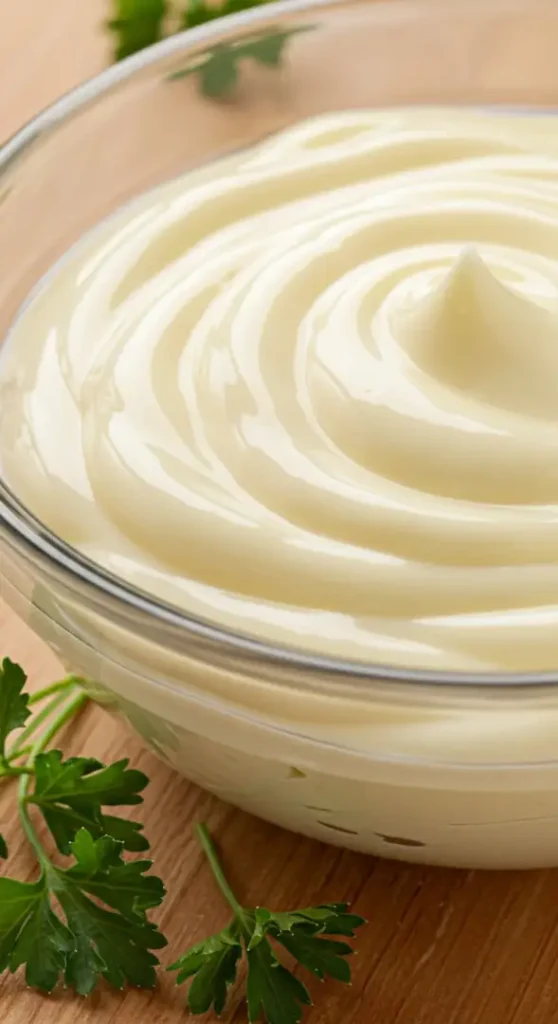
Why Homemade Mayonnaise Is Superior
When we make mayonnaise at home, we control every ingredient:
- No preservatives or additives
- Fresh eggs and natural oils
- Perfect texture and taste tailored to your liking
- Healthier fats and fewer hidden sugars
Unlike store-bought jars, homemade mayo uses clean ingredients and delivers a more authentic, creamy flavor.
Essential Ingredients for Perfect Mayonnaise
To make traditional mayonnaise, you only need five simple ingredients:
- 1 large egg (room temperature)
- 1 tablespoon Dijon mustard
- 1 tablespoon white wine vinegar (or lemon juice)
- 1 cup neutral oil (sunflower, grapeseed, or avocado oil)
- Salt to taste
Optional Add-ins:
- Garlic
- Paprika
- Chili flakes
- Fresh herbs (basil, dill, parsley)
- A touch of honey or maple syrup for sweetness
Step-by-Step: Foolproof Homemade Mayonnaise

1. Start With the Right Equipment
- Immersion blender (best option)
- Food processor or blender (good backup)
- Bowl and whisk (if you’re old-school and strong-armed)
Immersion blenders are the game-changer—they make emulsifying fast, clean, and nearly mistake-proof.
2. Use Room Temperature Ingredients
Cold eggs or oil will cause the emulsion to break. Set out your ingredients for at least 15–20 minutes before blending.
3. Add Ingredients in the Right Order
If using an immersion blender:
- Crack the egg into the blending cup first.
- Add mustard, vinegar (or lemon juice), and salt.
- Gently pour the oil over the mixture. Let it settle.
Do not stir or move the cup.
4. Blend with Confidence
Place the immersion blender at the bottom of the container. Start blending without moving the blender for the first 15 seconds. Once the bottom begins to thicken, slowly raise the blender to emulsify the remaining oil.
In 30–45 seconds, you’ll have a thick, glossy mayonnaise.
How to Fix Broken Mayonnaise
If your mayo doesn’t thicken or separates:
Try These Fixes:
- Add a teaspoon of hot water and blend again.
- Start over with a new egg, then slowly whisk in the broken mayo to re-emulsify.
- Use mustard or vinegar as an emulsifying base and blend slowly.
Best Oils for Homemade Mayonnaise
The oil determines flavor and texture.
| Oil Type | Flavor Profile | Ideal Use |
|---|---|---|
| Sunflower Oil | Mild and clean | Neutral-tasting mayo |
| Avocado Oil | Buttery and healthy | Paleo/keto mayonnaise |
| Grapeseed Oil | Light and smooth | All-purpose mayonnaise |
| Olive Oil (light) | Slightly fruity | Mediterranean or garlic mayo |
| Canola Oil | Very neutral, affordable | Budget-friendly option |
Avoid extra virgin olive oil—its bitterness can overpower the mayo and cause it to separate.
Storage Tips for Homemade Mayonnaise
- Store in an airtight glass jar
- Keep in the refrigerator
- Use within 5–7 days
Because there are no preservatives, always label the jar with the date made.
Flavor Variations to Elevate Your Mayonnaise
Garlic Aioli
Add 1–2 minced garlic cloves before blending. Great for burgers and roasted vegetables.
Spicy Sriracha Mayo
Stir in 1 tablespoon sriracha and 1 teaspoon honey for a kick.
Herb Mayo
Finely chop fresh parsley, dill, or chives and mix after blending for a green-flecked, aromatic version.
Lemon Zest Mayo
Add 1 teaspoon lemon zest and a squeeze of fresh lemon juice for brightness.
Nutritional Benefits of Homemade Mayonnaise
| Nutrient | Amount (per tablespoon) | Benefits |
|---|---|---|
| Healthy fats | 10–12g | Supports brain and hormone health |
| Vitamin E | High | Antioxidant, skin health |
| No added sugars | 0g | Blood sugar-friendly |
| Omega-3 (if using flax or avocado oil) | Moderate | Heart-healthy anti-inflammatory |
With the right oils, homemade mayo becomes a nutrient-rich condiment, not an unhealthy splurge.
Common Mistakes to Avoid
- Using cold eggs or oil – breaks emulsion
- Adding oil too fast – won’t emulsify properly
- Using EVOO – flavor too strong, may turn bitter
- Overblending – can make mayo thin or greasy
- Dirty equipment – ruins texture and emulsification
Can I Use Pasteurized Eggs?
Yes. If you’re concerned about raw eggs, use pasteurized eggs sold at grocery stores or pasteurize your own at home.
Vegan Mayonnaise Alternative
For those avoiding eggs, try this eggless version:
- 1/2 cup unsweetened soy milk
- 1 cup oil
- 1 tablespoon apple cider vinegar
- 1 teaspoon Dijon mustard
- Salt to taste
Blend just like the egg version. It’s creamy, thick, and perfect for plant-based diets.
Serving Ideas for Homemade Mayonnaise
- Sandwiches and burgers
- Potato salad or coleslaw
- Dip for fries or onion rings
- Base for tartar sauce or aioli
- Deviled eggs or egg salad
Homemade mayonnaise transforms any ordinary dish into something rich, flavorful, and gourmet.
Conclusion: Homemade Mayo Is a Game-Changer
Making mayonnaise at home is quick, easy, and incredibly rewarding. Once you try this method, you’ll never go back to the jarred stuff. With just a few pantry ingredients and a blender, you unlock the ultimate secret to creamy, rich flavor.

